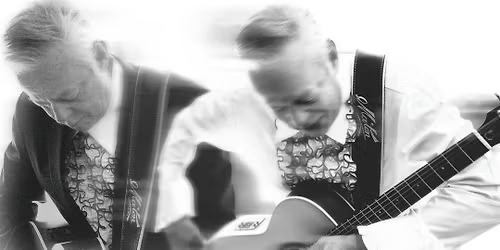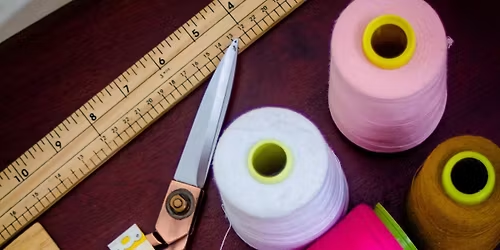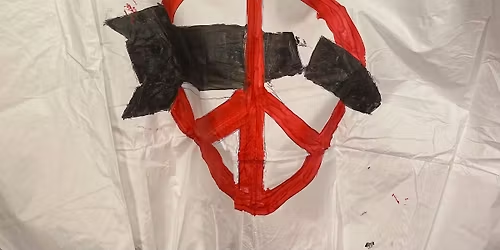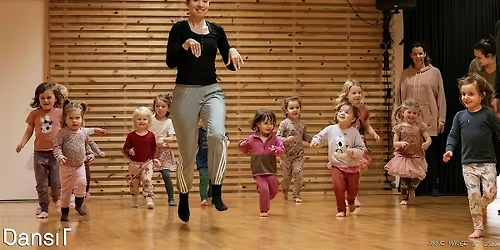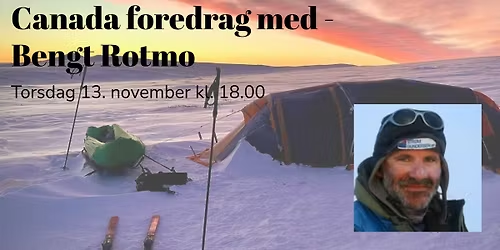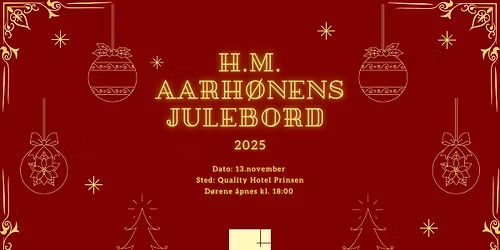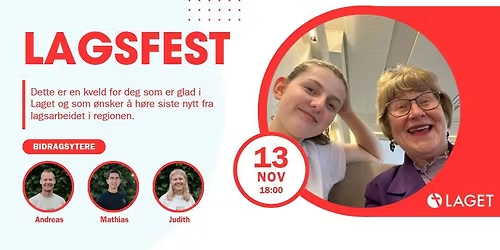
Advertisement
How did the trade in walrus tusks contribute to the Norse abandonment of Greenland?Sea ivories – walrus tusks and whale teeth – were sought after by skilled craftworkers and artists in Viking Age and medieval Europe. Walrus tusks were particularly valued and widely traded. Between the 800s and 1200s, walrus ivory was often preferred to elephant ivory when carving exquisite objects for the wealthy and the Church. It was also used to make exclusive versions of common objects like gaming pieces – such as the famous Lewis chess pieces.
Trondheim played an important role, connecting hunters of the north with distant consumers, and serving as a centre of craftmanship. The trade also stretched east to Novgorod and Kyiv, and then onward to Byzantium and Asia. Through time, extensive Eurasian demand put dire pressure on walrus populations in Iceland and Greenland.
In this talk, Professor James H. Barrett outlines the trade and its consequences, both for the animals that provided the raw materials, and the people who hunted them.
Meeting point: the University Museum's main building (Gunnerushuset).
Doors open at 5:15 PM
Prices:
• Adults: 150 NOK
• Students/Seniors: 75 NOK
• Companion with ID: Free
Photo: BERRE
Advertisement
Event Venue & Nearby Stays
Erling Skakkes gate 47b, 7012 Trondheim, Norway, Erling Skakkes gate 47B, 7012 Trondheim, Norge, Trondheim, Norway
Tickets
Concerts, fests, parties, meetups - all the happenings, one place.
